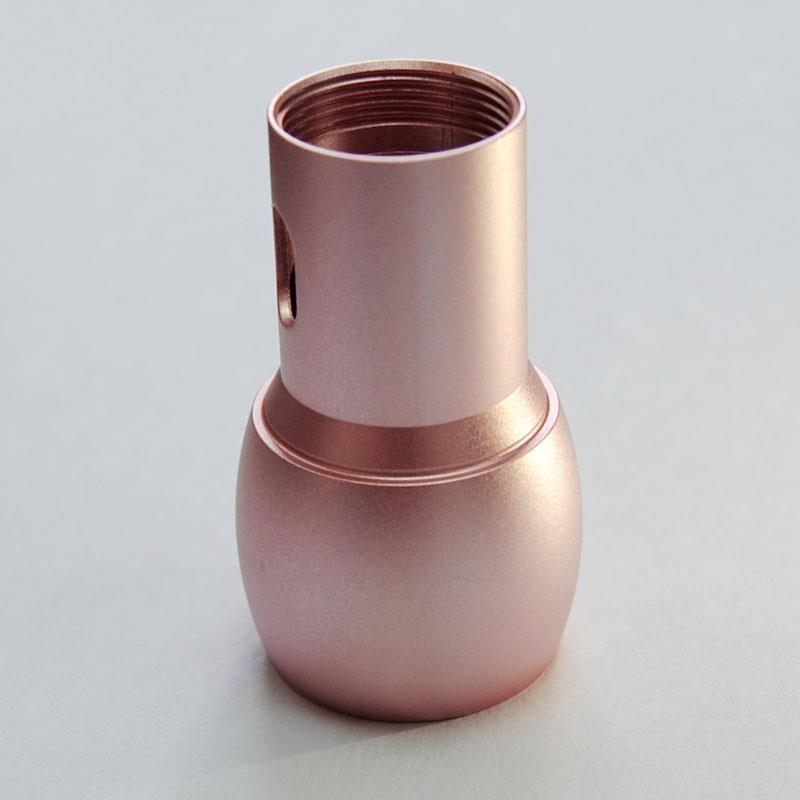Sheet metal: Very good when origami works - sheet metal molds are quick to manufacture, low cost and short lead time. Sheet metal can be used in place of injection molded plastic for internal structural components because it provides greater flexibility in the early stages of the design process when the product may still change or when the forecast for the product is unclear.

CNC machining: When the shape of the part is very complex, CNC machining may be required. This is very expensive for relatively small parts, and the return on investment (ROI) of the die casting process is often in the low hundreds of parts.
CNC milling: For shaft and bearing surfaces, this is usually the only method. There are a number of specialist custom metalworking suppliers that specialise only in custom turning shafts - this is the price you will pay if you have precision bearing surfaces in complex mechanical parts.
Sand casting: Used to produce small quantities of custom metal parts with complex geometric shapes. No tools - Sand is used as a tool material and sand is formed around a positive model of the part (usually a CNC version of a custom metal part). The positive electrode is removed, the two halves of the sand mold are placed together, and the molten custom metal is poured into the void within the mold to form the shape of the part. When the custom metal solidifies, the sand mold breaks to allow the part to fall back. This process produces a rough surface finish and does not maintain good features -- sometimes a post-finishing process is required to create the required tolerances for critical surfaces.
Investment casting: It is used for castings with complex geometry and is one step above sand casting. The front model or pattern of the part is made using a wax-like substance. This is then put through an "investment process" to form a coating around the wax that will become the mold. The wax is then burned off, and custom metal is poured into the resulting cavity to create the shape of the wax pattern. The process also fails to maintain tight tolerances, so post machining is required to tighten tolerances on key surfaces.
Die casting: This process incurs high mold costs (typically 5 figures per mold) and long lead times (typically 5 months versus 3 months for injection molding), but low component costs. Hardened tool steel molds are created to form molds, like those used in injection molding, and then melted custom metal is poured into the molds to form parts. Post-machining also requires tightening the surface to strict tolerances.
Asset Metal technology company is a focusing on CNC machining, metal stamping, metal(chemical) etching and surface treatment of OEM/ODM metal parts Processing.


 +8613538580966
+8613538580966

